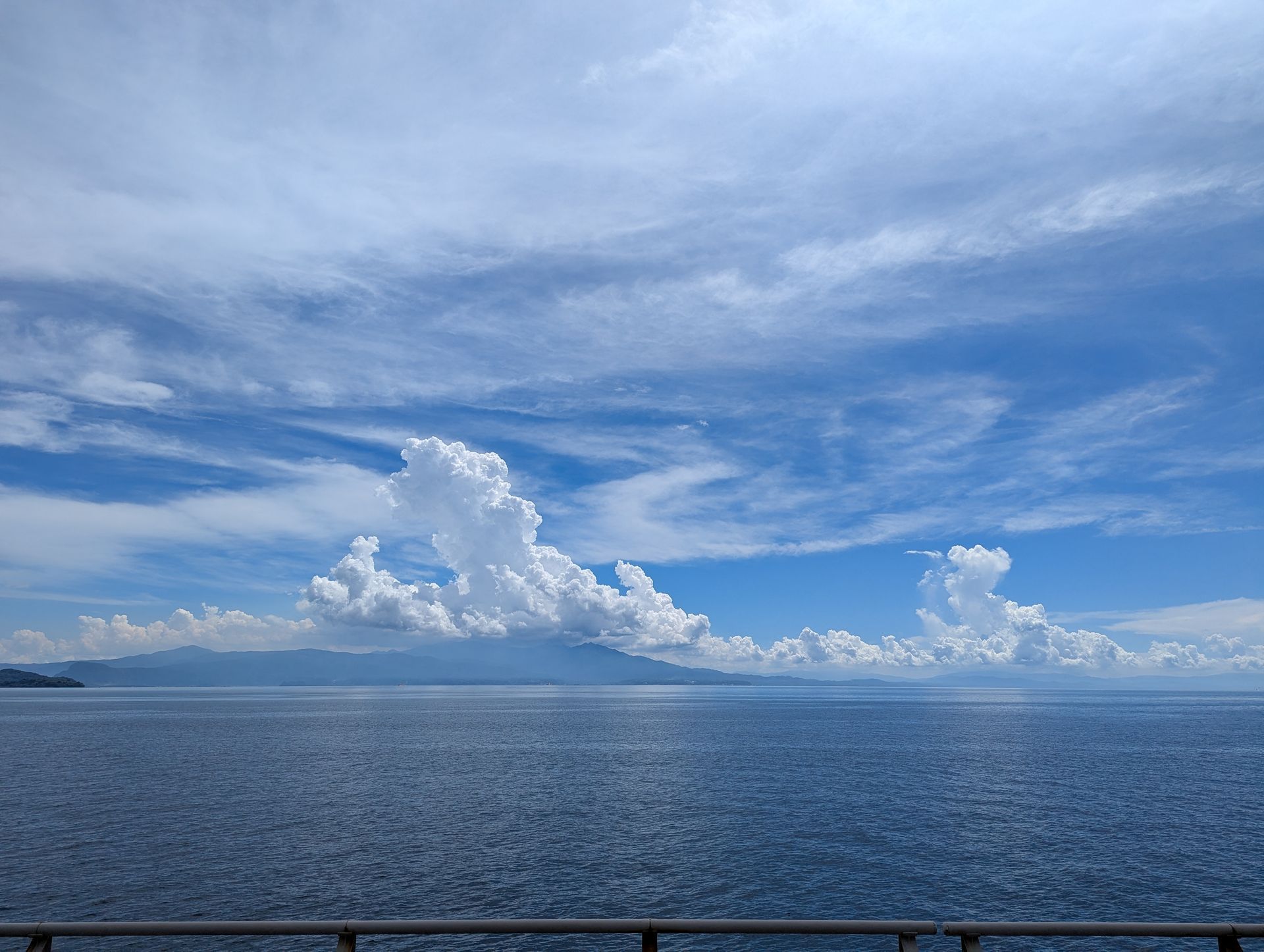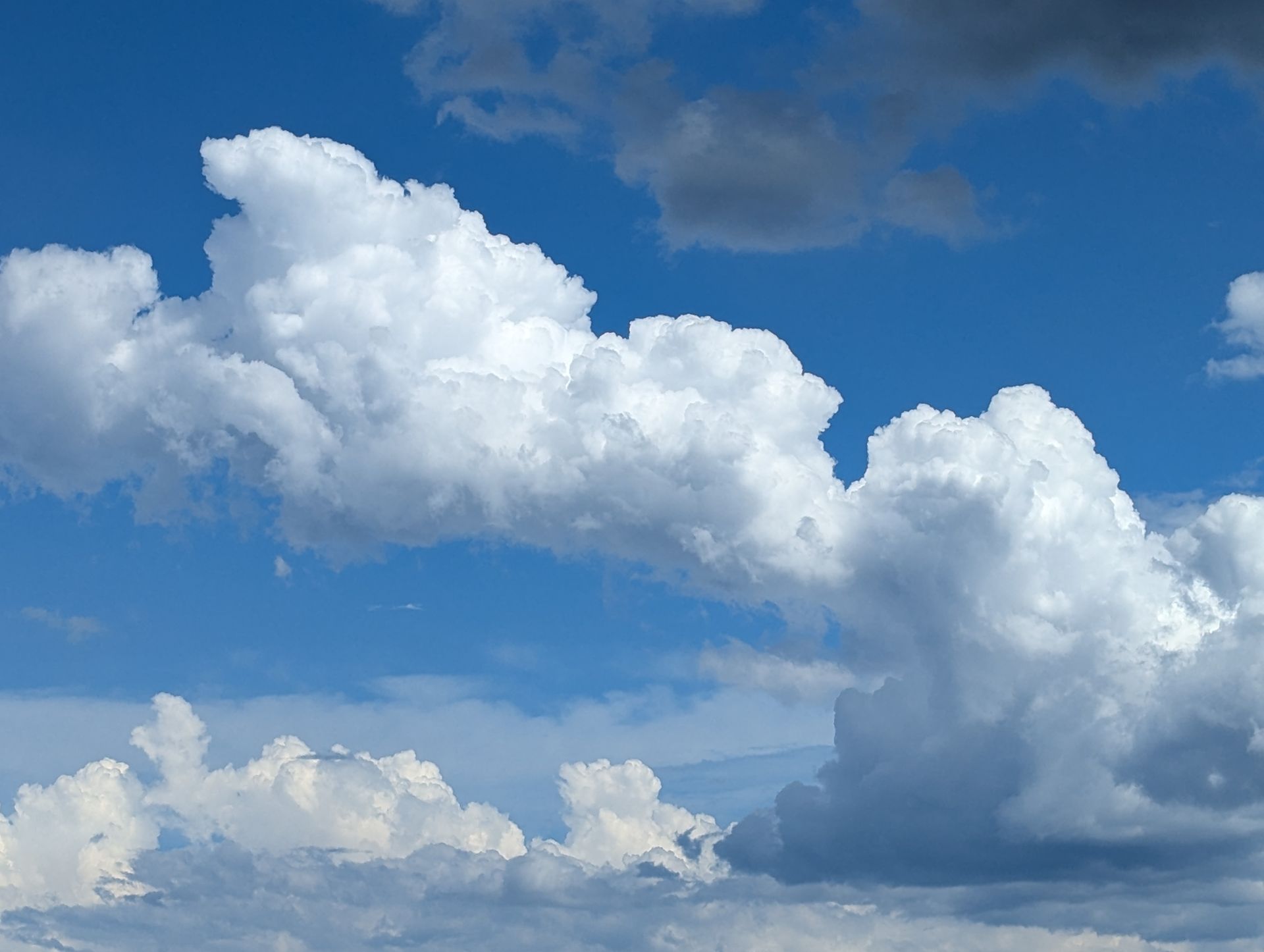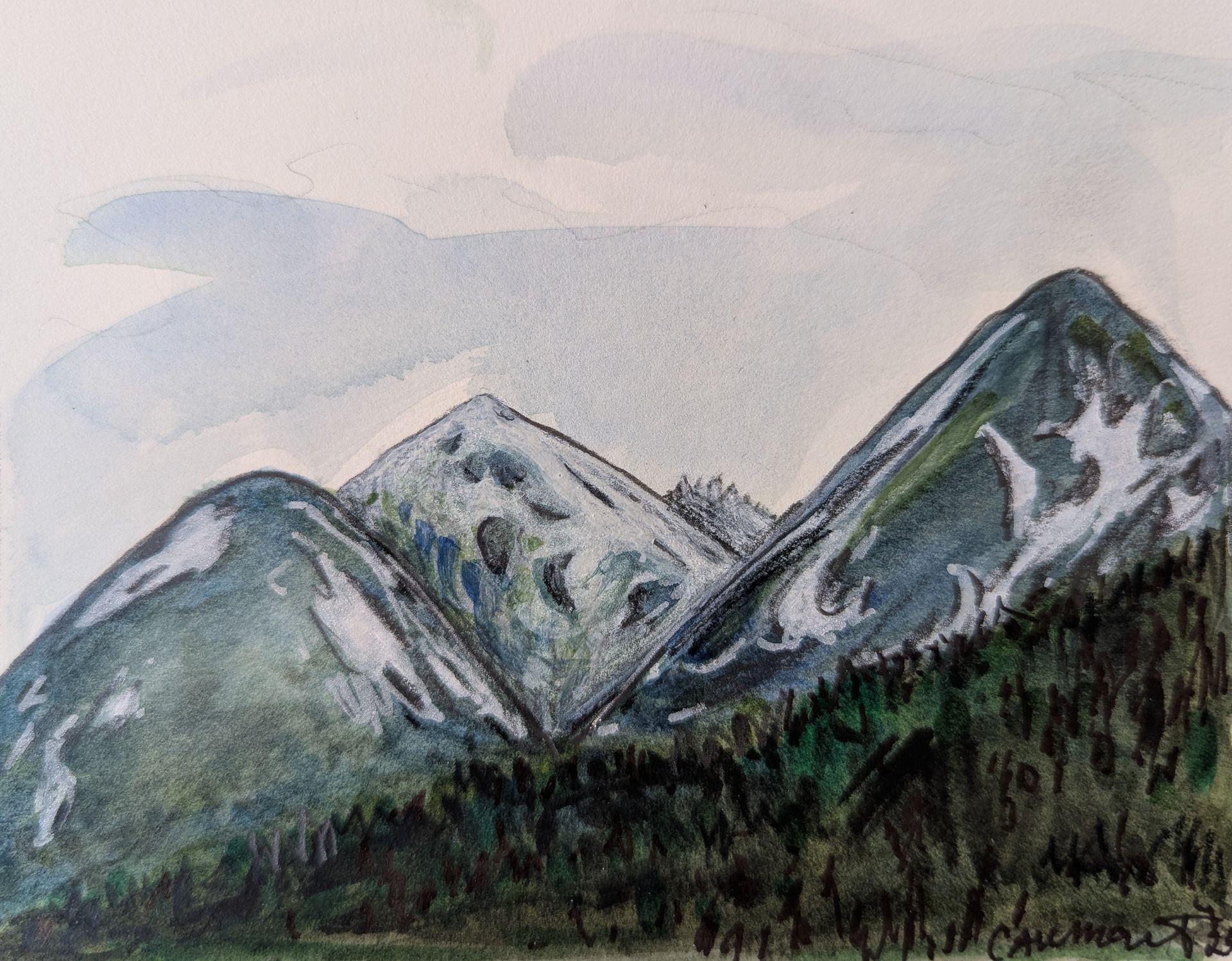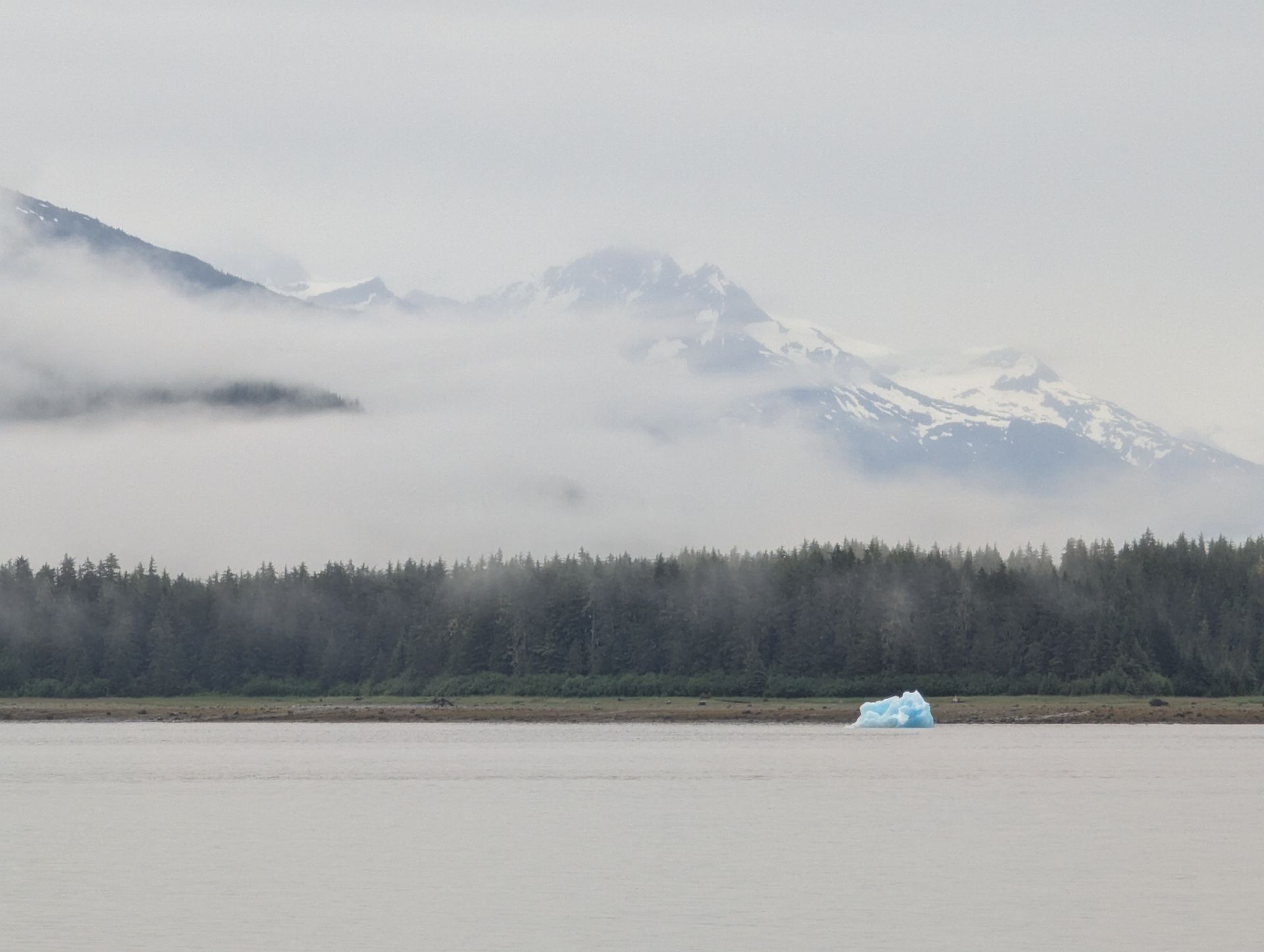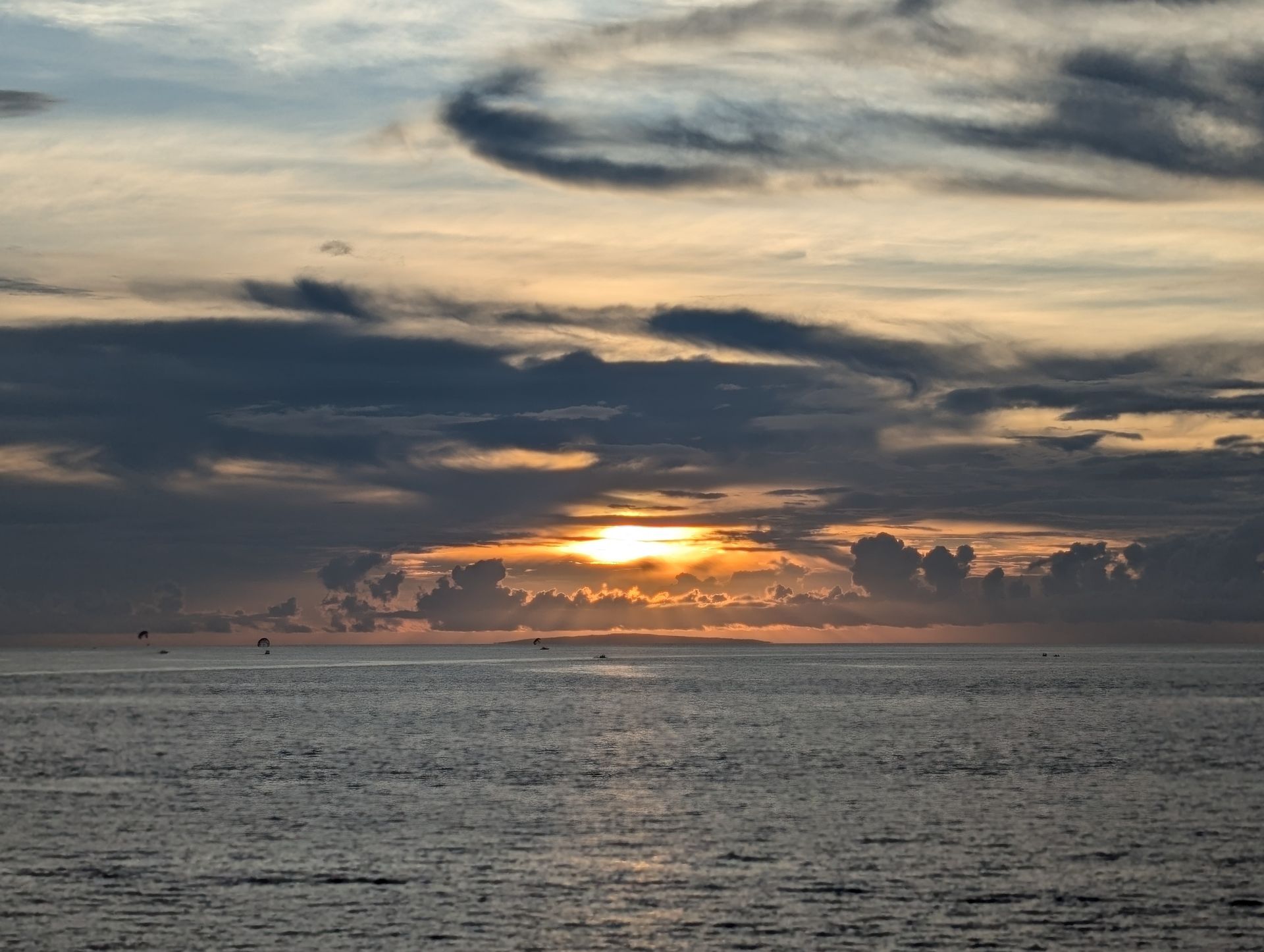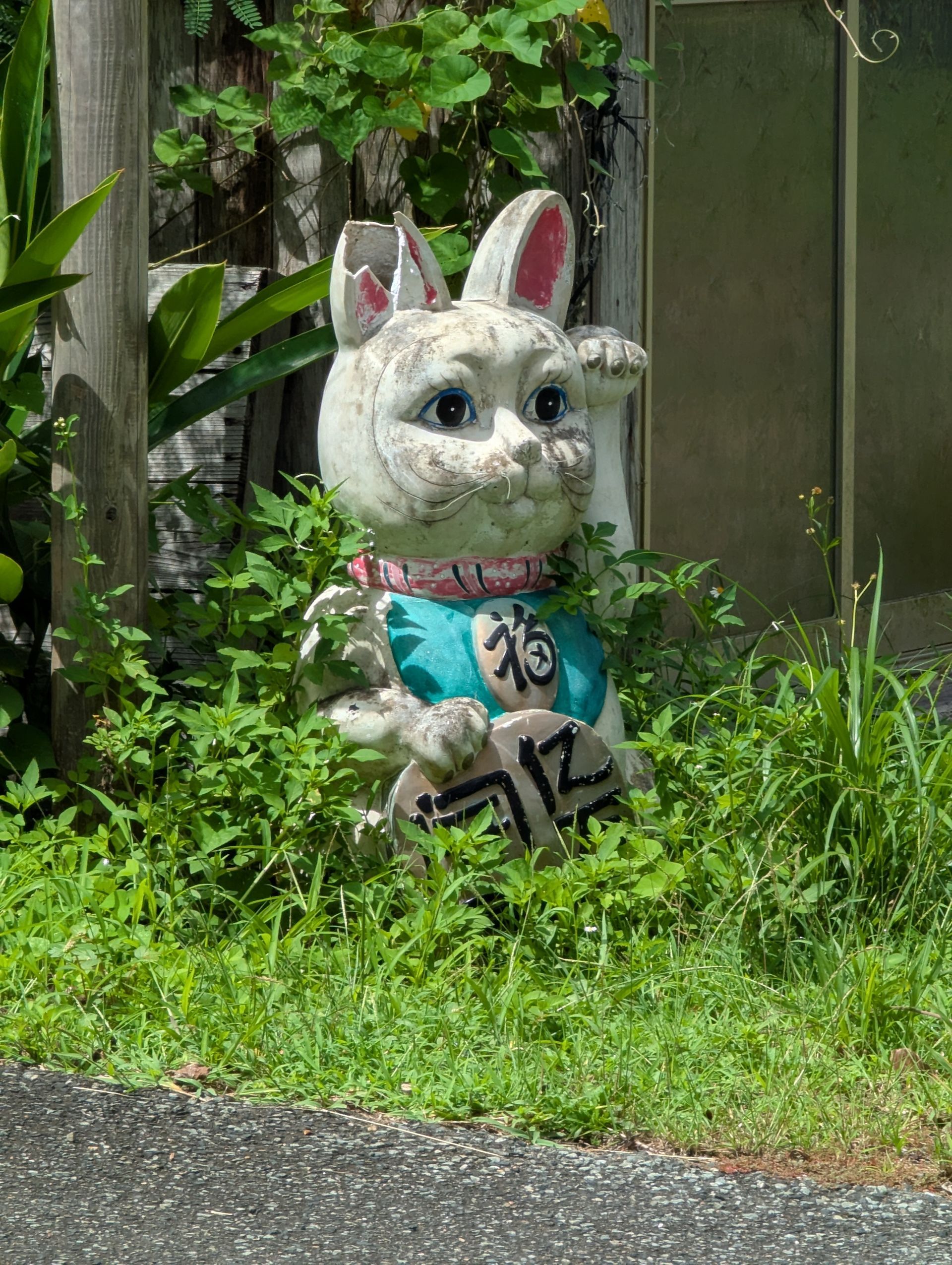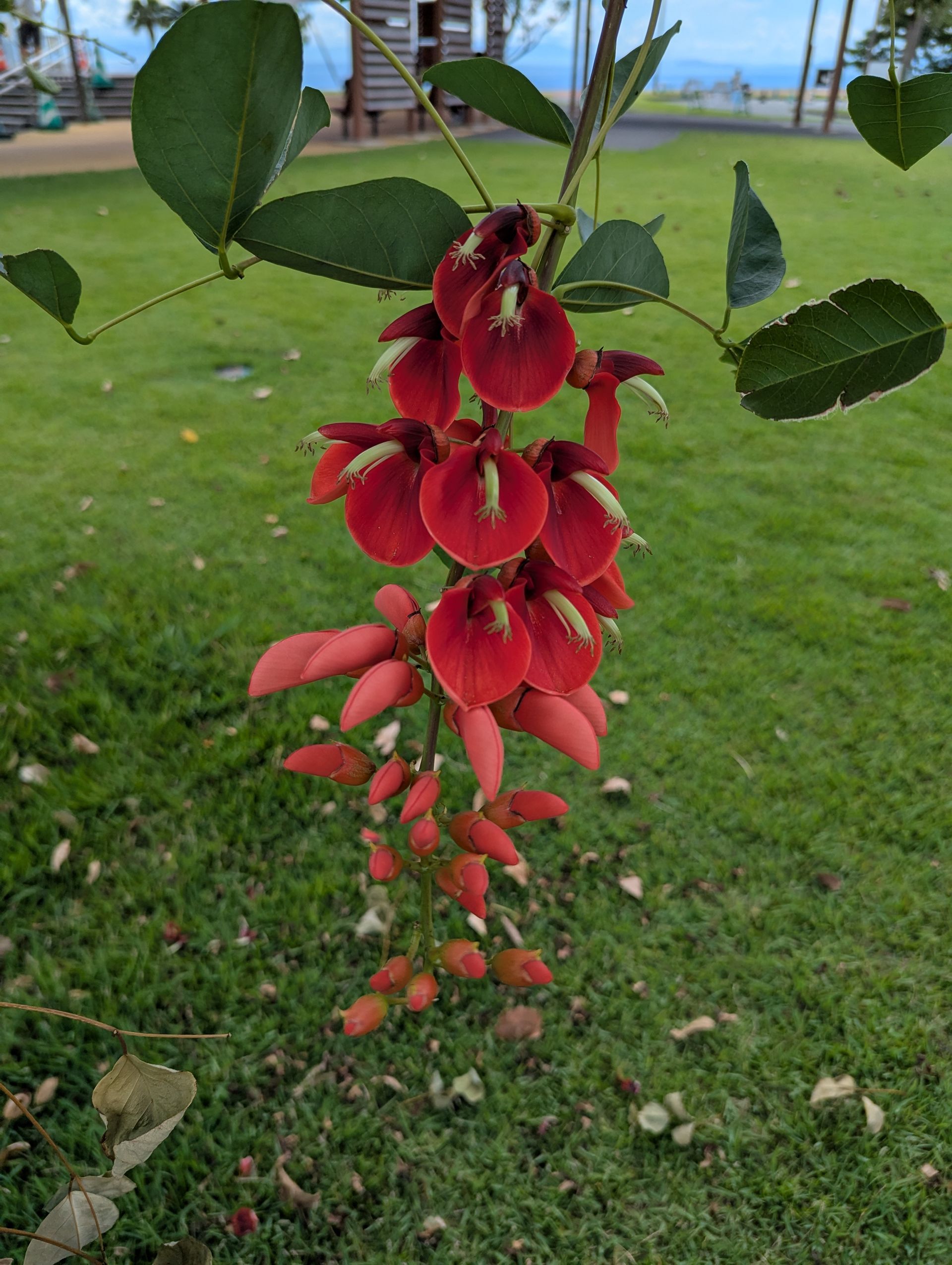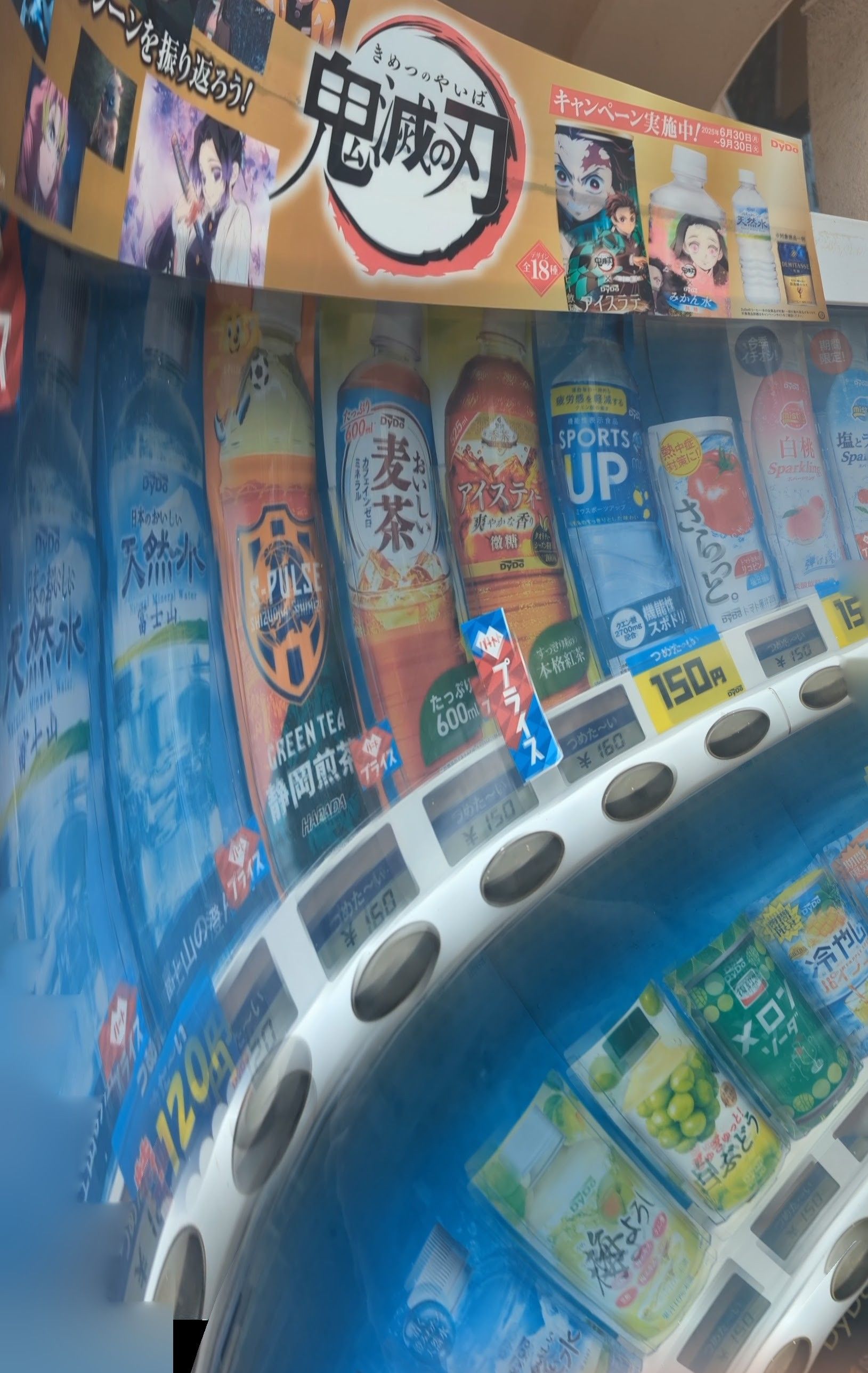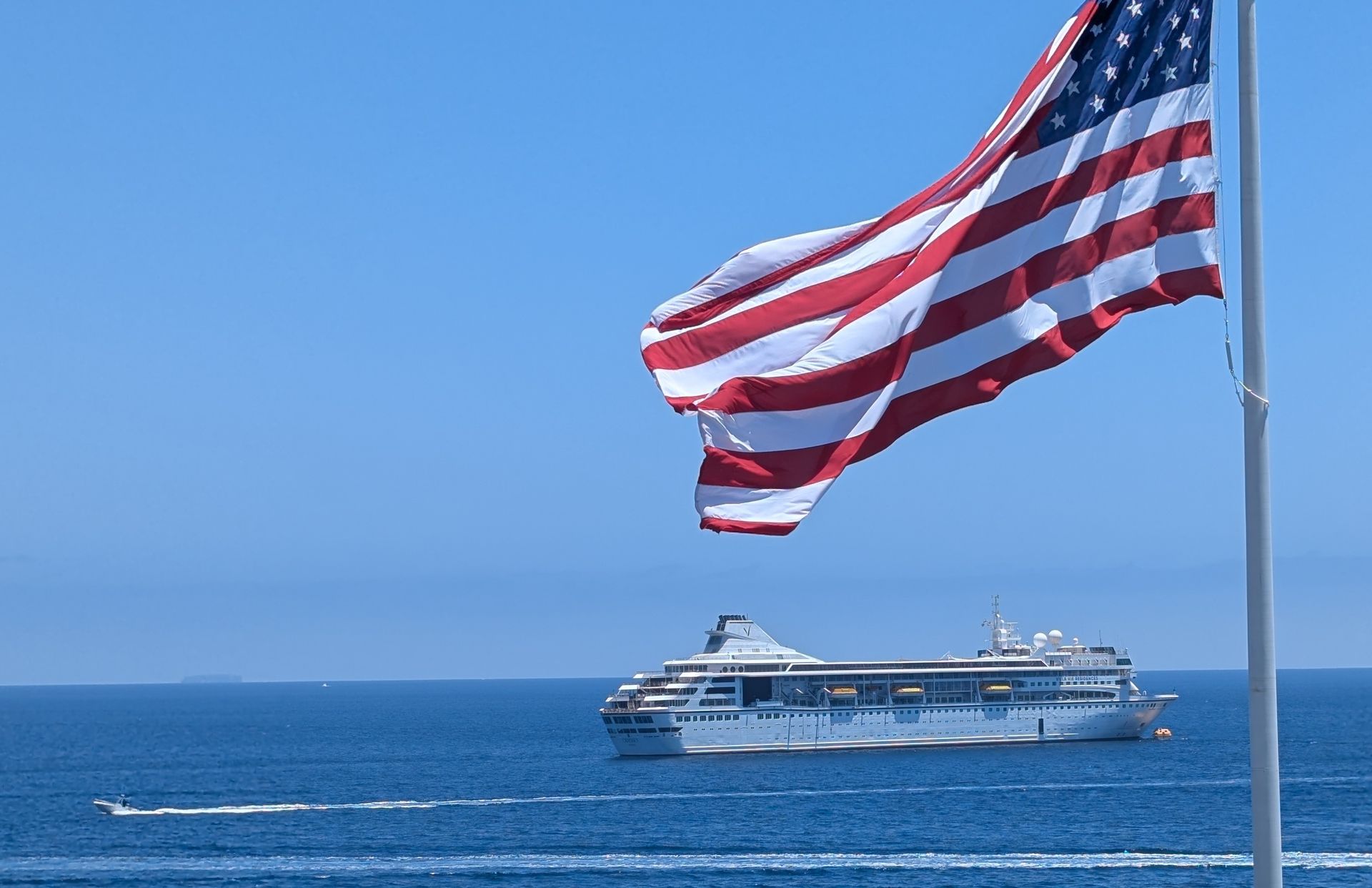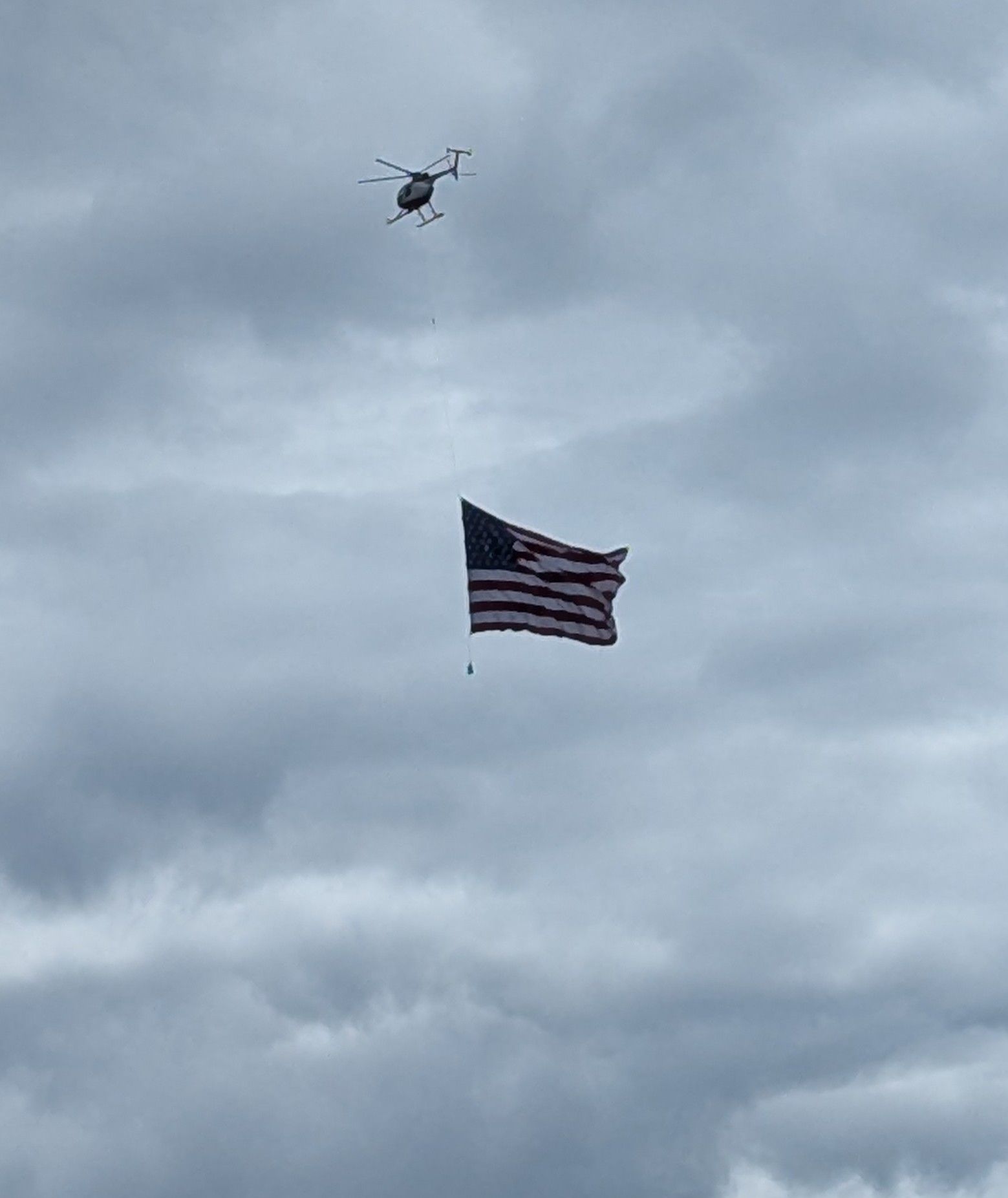Chapter Seventeen: Taiwan
Taiwan September, 2025
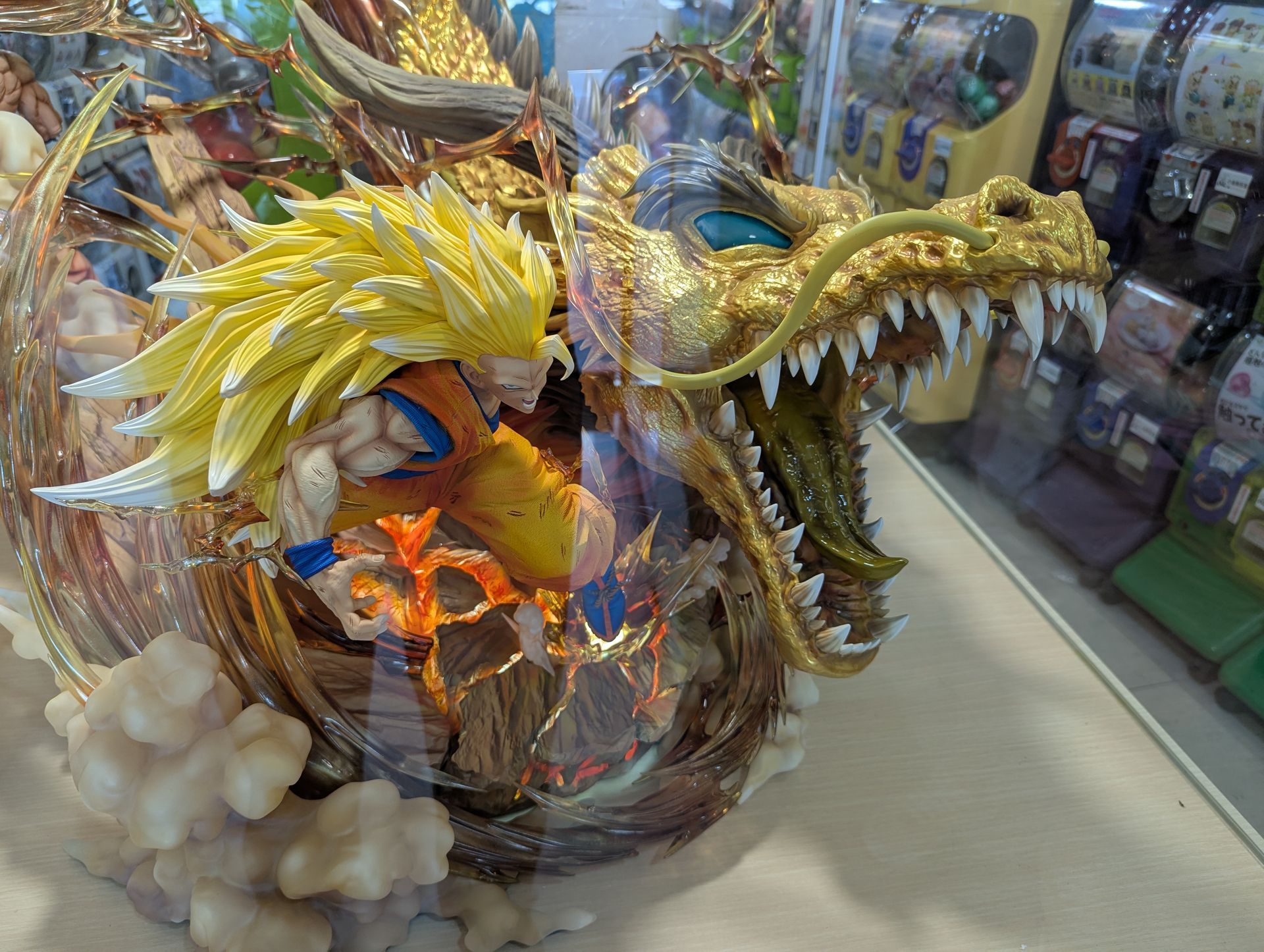
We walked around downtown Keelung, Taiwan. Motor scooters were everywhere. This is the preferred form of transportation. Not electric motor scooters but gas powered, very noisy and fumes everywhere. We see children and babies riding with a parent, a child in the front and one on the back.
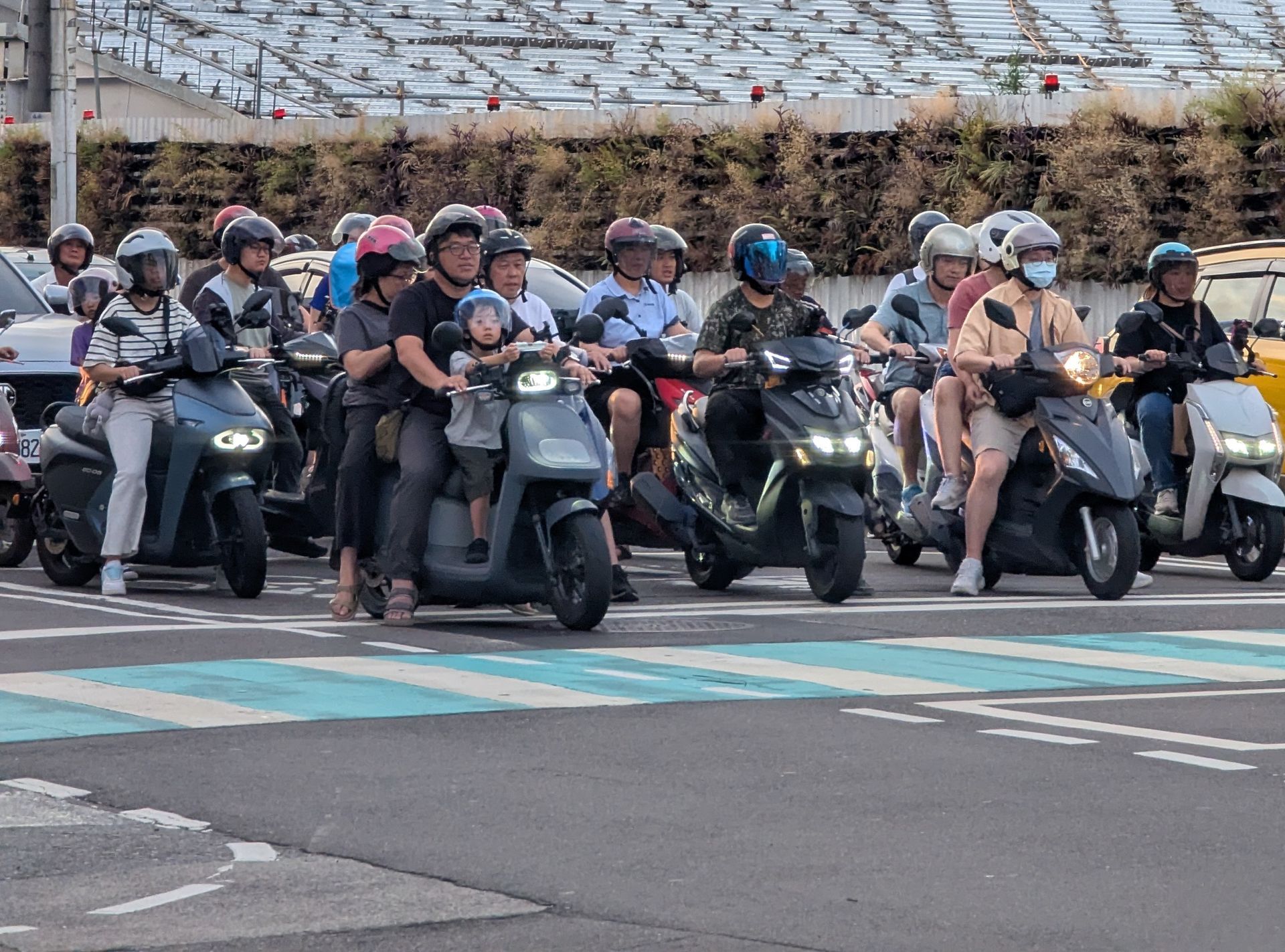
It is very hot and humid, so we try to walk on the shady side of the street. Closely packed shops under covered sidewalks are on both sides of the streets and under long covered avenues. Everything seems brown or grey even in the bright sunlight. Colors don't stand out. Most of the shops are selling street food to be eaten at small tables or benches. Clothing stores are numerous, and the ever present, 7 Eleven. Most of the city is clustered on the shore beneath massive brooding mountains.
At night more food stores open as the air cools and the work day is over. Scooters are zooming around in noisy gangs that outnumber the cars. The “night market” is open. This means that every kind of edible is offered and cooked on the street or in small cafes on stoves and grills. Everywhere people are eating. Not a leisurely feast, but a hurried one. All around is the noise of hundreds of people conversing as they walk the crowded sidewalks. Brightly colored lights illuminate the shadowy buildings, obscuring the confusion and deterioration. Forming a dream of festivity and feasting. In the midst of all this is a massive, gorgeously decorated temple.
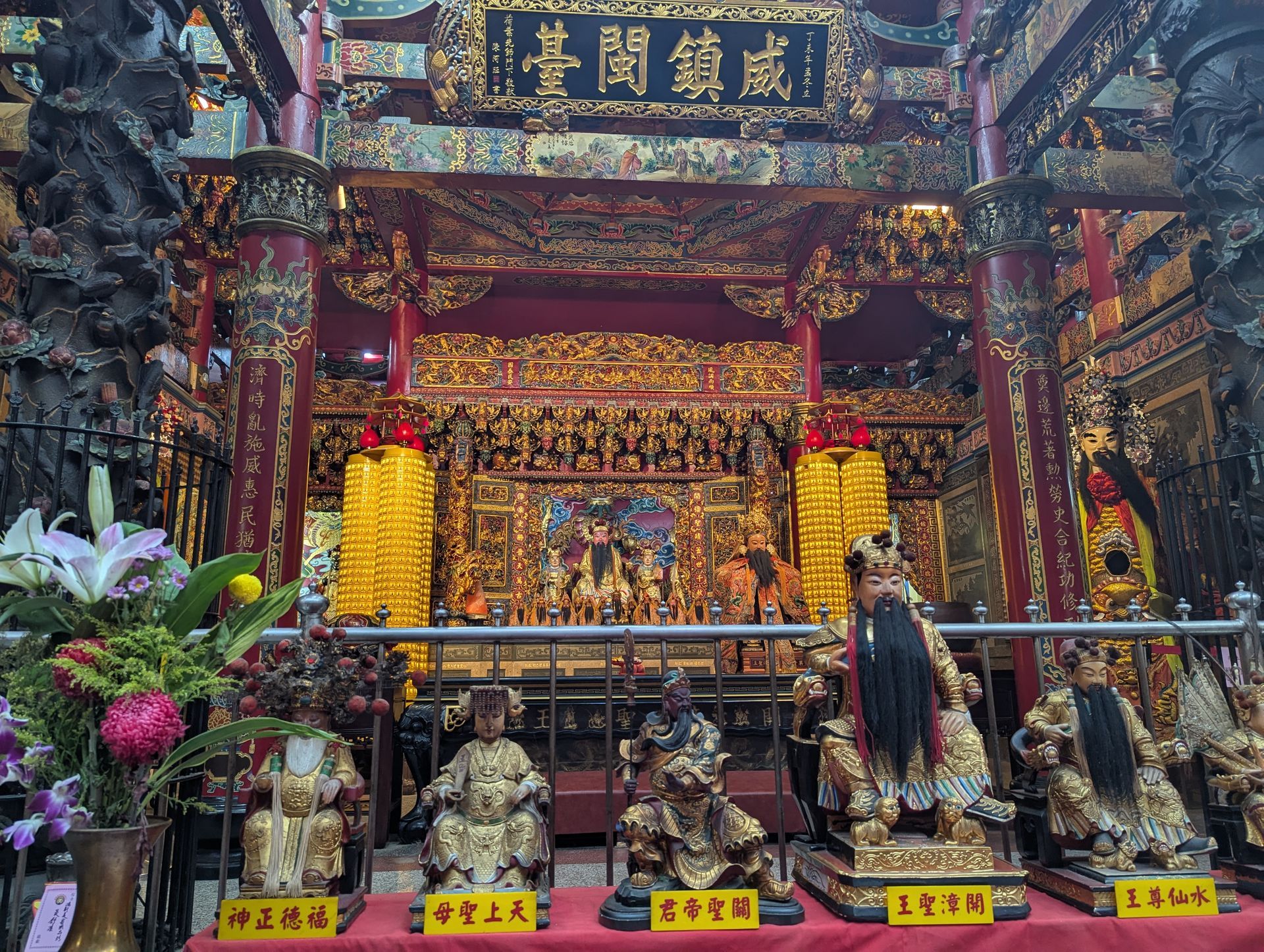
Suddenly, I look up, distracted by a movement and see projected on a massive billboard the moving image of a cat being teased. Its form pounces toward the lure and appears to leap out of the sign right at the people below.
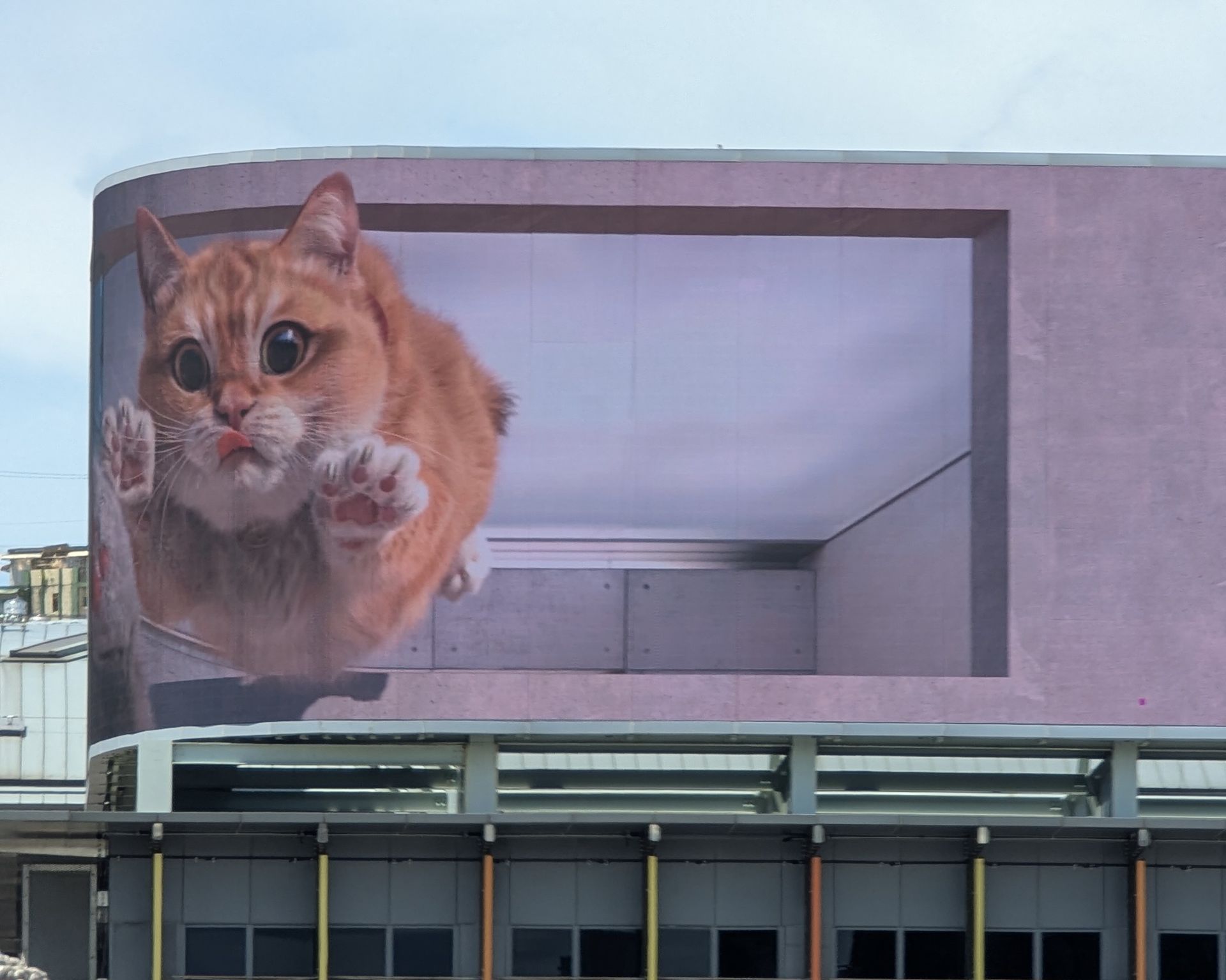
We see homeless people begging, for the first time since leaving Japan, where we saw none. Large cockroaches share the side walks. It's hard to imagine that Taiwan can withstand the ambitions of mainland China. They seem to be in a process of destroying themselves while China is developing massive efficient infrastructure and technologies. The exchange rate of the NTD, New Taiwan Dollar, is set so that you use the same amount of US dollars to buy something as you would in the States. Passengers say the restaurant food is less expensive.
In Huilian we visited the Stone Sculpture Museum. It is housed in an attractive modern building. Marble is quarried here, green and white. Many artists take advantage of the local varieties of rocks and minerals to make sculptures; some monumental, others delicate metal objects with gems inset. Artists are busy here and respected.

There is a large aboriginal population in Huilian. Surrounded by tall mountains and on a remote end of Taiwan they have tried to defend their culture and traditions from discrimination and time. Only recently have they welcomed new influences.
Ports are where the large cities develop, where jobs are, where most of the population lives. Where we dock most of the time. I watch as a yellow crane digs along the breakwater across from our dock with its backward beak. Nosing up buckets of gravel and mud, moving and smoothing them. After a while I realize where the fill is coming from that the crane is playing with. A building site is being excavated a little further along the breakwater. There an unmotorized flat bed is filled to the gunnels then towed on a long line by an absurdly small motor boat driven by a standing man. Very slowly he arrives at the side of the crane platform and pulls his flatbed parallel against it. Then a trapdoor is opened under the load and it dumps down into the water. He repeats this over and over, all day. This tedium is interrupted in the late afternoon when a massive cruise ship settles at the dock, making the anchored crane platform move off. There it lets thousands of passengers disembark to visit the night market and will leave only a few hours later.
I had imagined something different than the reality of Taiwan. I am surprised by the noise, fumes and deterioration of the capital, Taipei. Unfortunately in HuiIian it was the same, though on a smaller scale. I had an image in my mind of something like the cities of Japan, but in a different language. Here police are everywhere carrying shot guns across their front, there are gaudy displays of luxury next to deteriorating shack housing, undisguised poverty, herds of scooters carrying people to their jobs alongside massive trucks, makeshift buses and three wheeled “tuk tuk” taxies.

Taiwan feels like a democracy that is losing its grip. The stresses and magnetism of profit economics are drawing in the bits that try to retain their customs, draining vital energy from the people. Everywhere we can see this struggle to one degree or another. There is tension here and extreme commercialism promoted at every level. People are harried, nervous, rushing to something.
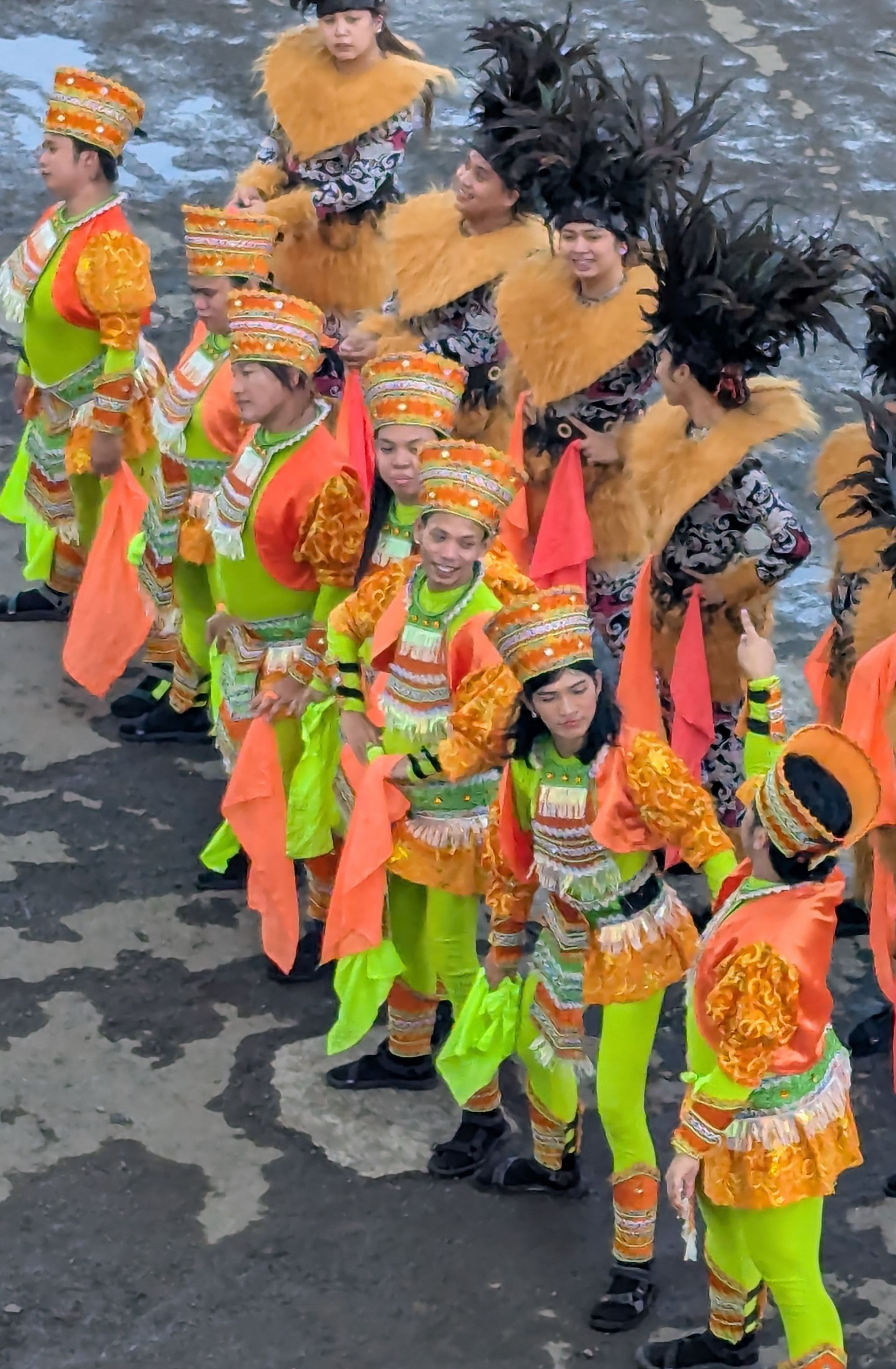
The history of Taiwan is complicated, for about 50 years it was run by Japan. After WW2 it was taken from Japan and given to the government of Taiwan, which consisted of the remnants of the exiled Chiang Kai- Shek government. Presently there is tension because mainland China has made clear that it wants to control Taiwan by 2028. One of my scouts reported back that she had a conversation with a Taiwanese lady, who spoke English. She asked her what the feeling was in Taiwan about China's ambitions. She said she was worried but did not think about it on a daily basis. Her mother does. She remembers the military rule of the KMT that lasted 72 years. It lost influence to the PRC which introduced Democratic reforms and lifted martial law. But it is still one of the two main political groups in Taiwan and regained power after the 2024 election. She thinks China will take over Taiwan by taking advantage of the political divisiveness. They will spread influence through propaganda, closing social media and using cyber attacks. China is not thinking about armed conflict. They plan to replace government officials with their loyalists little by little.
When I met Carmen she was onboard for a week with her son. She was my Aurora Borealis sighting, unexpected, exceptional, then gone. “You don't sound like an American,” was her opening remark to me. That was the beginning of our far-reaching conversation. She told me she is Taiwanese and has a British passport and a Chinese passport. During the Chinese Cultural Revolution, her extended family was caught up in the government upheavals, dispersed and flung into other countries, most not reuniting till more than 20 years later. They had no way to find each other. Carmen ended up in Taiwan. Later she lived in the US and became a US citizen. Now she thinks she sees the horror of dictatorship coming for her again. She said she will seek refuge in Canada, where she has some relatives.
